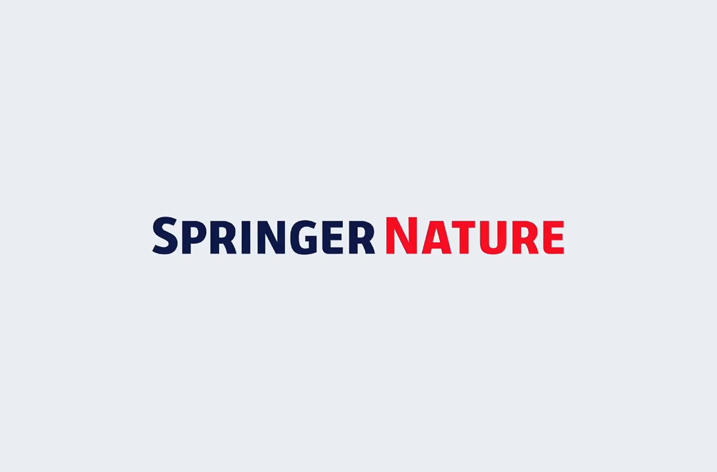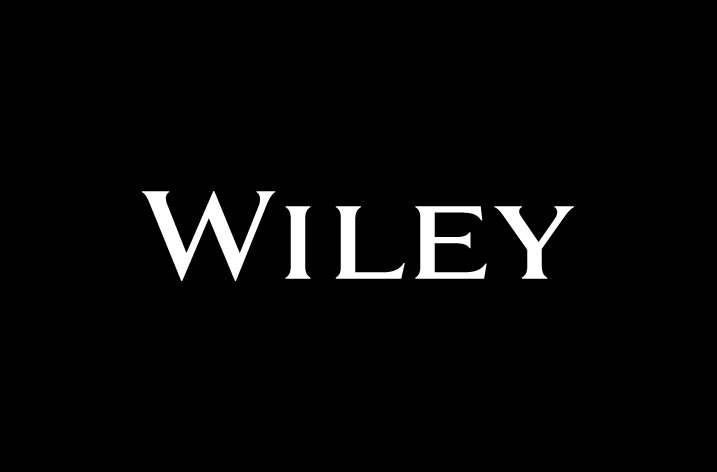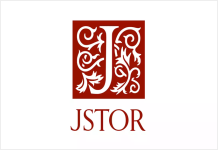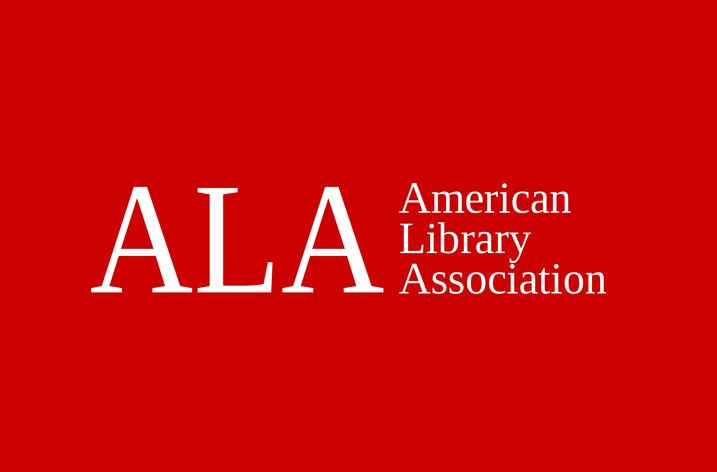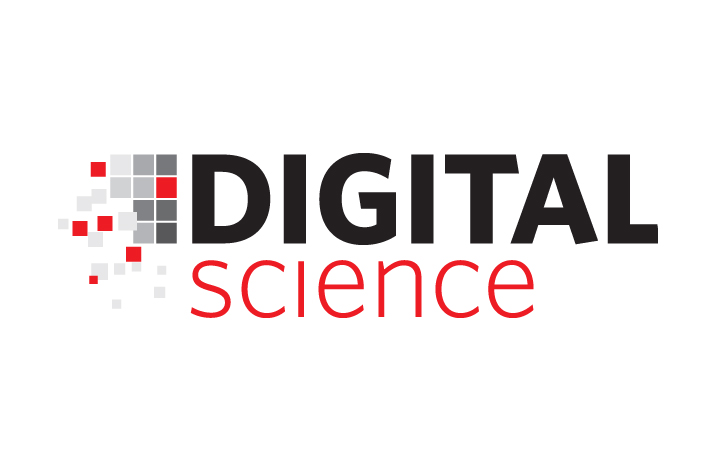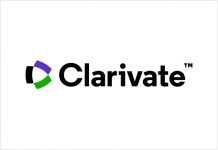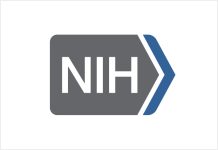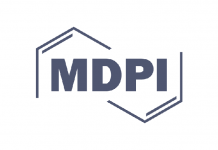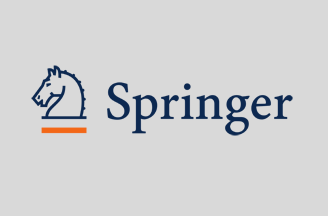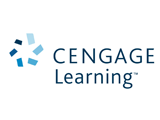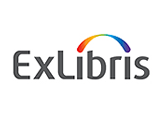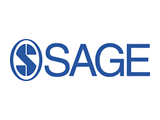Today Springer will begin migrating its global library customers to its new and improved version of its platform, SpringerLink. The platform was re-engineered with a focus on improving the user experience based on three principles: speed, simplicity and optimization.
After more than 18 months of development, SpringerLink (link.springer.com) as received a total makeover that will change the way Springer brings its content to students, researchers and librarians. After extensive consultations with customers and stakeholders, the platform promises to set a new standard in the industry. While its back end construction and clean design are dramatically improved, the way content is found and used is the real headline.
Page load times are two times faster globally, and three times faster in core markets. Working alongside this much-improved speed are a number of new, powerful utilities that help make searching for content far easier and more efficient.
Intuitive navigation, a unique “look inside” feature for every one of the 5.9 million documents, and suggested search terms help users to get what they want far quicker and more precisely than SpringerLink’s previous iteration. An integrated dashboard with usage statistics and institution-specific data gives librarians quick and useful insights into their own organizations, and the site includes one long-requested improvement: the ability to filter search results to include only accessible content. Finally, device-agnostic, responsive design allows for an optimized experience anywhere, at any time, on any sized screen.
“The new SpringerLink represents the latest step in Springer’s continuing investment in, and commitment to, helping our customers better access and use the research we publish,” commented Brian Bishop, Vice President of Platform Development for Springer. “The design, speed and device optimization will help those who engage with our content find and use information better than ever before. We are certain of this because we enlisted these customers to help us build the platform from the ground up.”
To date, customers in New Zealand and South Korea have been migrated to the new SpringerLink, with the rest of Oceania and India beginning today. It is expected that the migration of all global customers will be complete by the end of December 2012.



